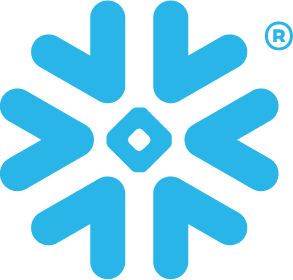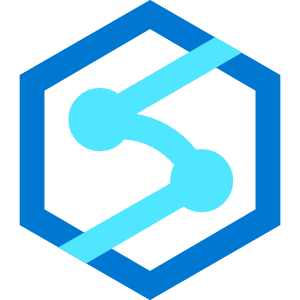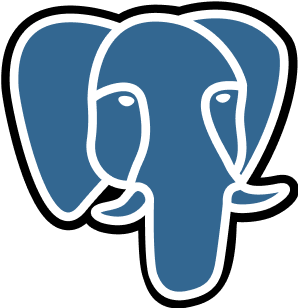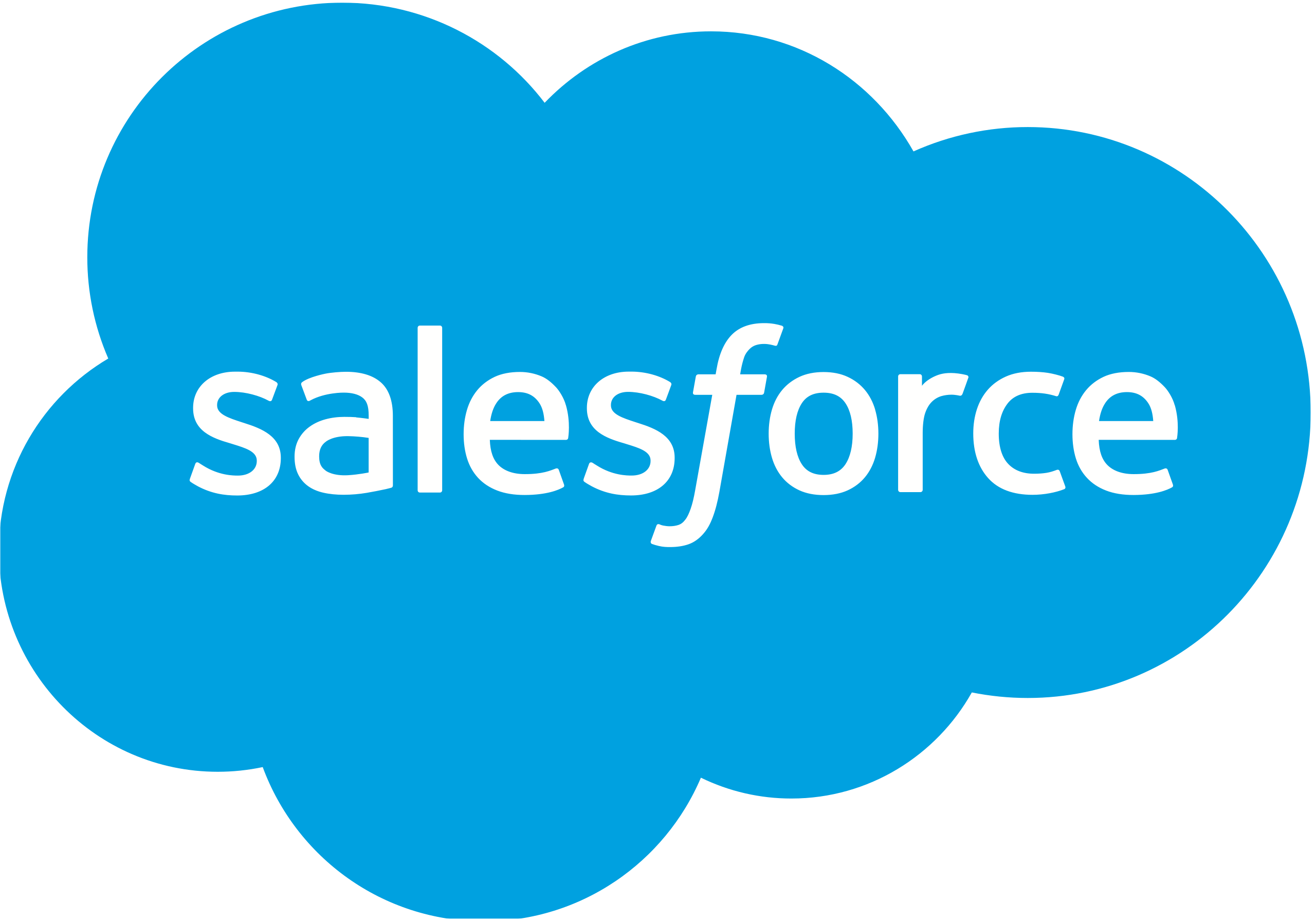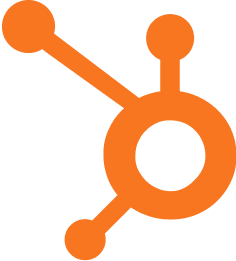Customer Journey Stages: A Comprehensive Guide
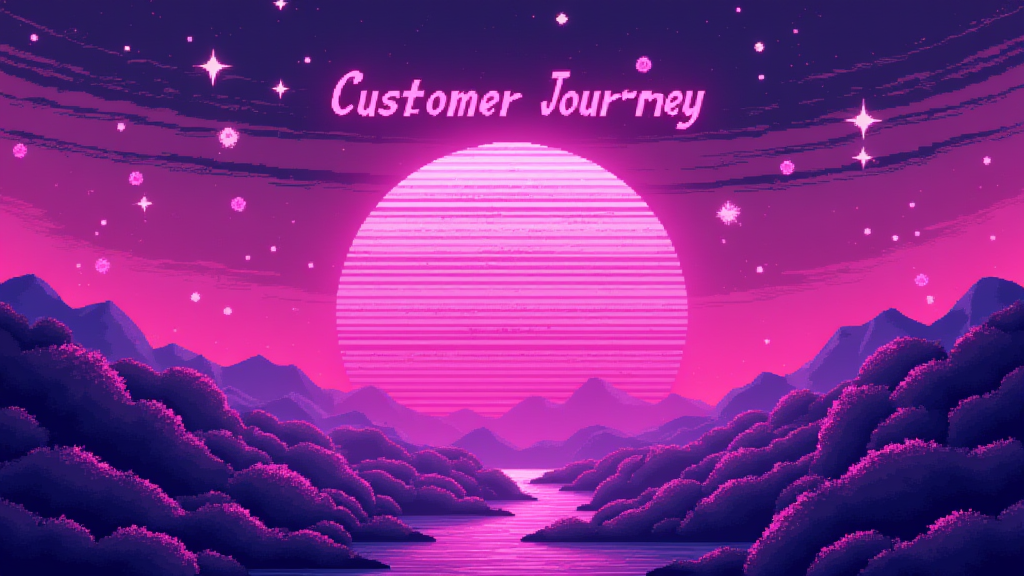
Published on: October 01, 2024
Customer Journey Stages represent the key phases a customer goes through when interacting with a brand, from initial awareness to post-purchase engagement. Understanding these stages is crucial for businesses to optimize their marketing, sales, and customer service strategies, ultimately driving revenue growth and customer loyalty. 🚀
What are Customer Journey Stages?
Customer Journey Stages are the distinct steps a potential customer takes from first becoming aware of a product or service to making a purchase and beyond. These stages typically include:
- Awareness: The customer becomes aware of a need or problem
- Consideration: The customer researches potential solutions
- Evaluation: The customer compares different options
- Purchase: The customer decides to buy
- Post-Purchase: The customer uses the product and may seek support
- Loyalty: The customer becomes a repeat buyer and advocate
Why are Customer Journey Stages Important? 🤔
Understanding Customer Journey Stages is vital for several reasons:
- Helps align marketing and sales efforts
- Enables personalized communication at each stage
- Identifies potential bottlenecks in the customer experience
- Guides resource allocation for maximum impact
- Improves customer satisfaction and retention
Mapping the Customer Journey
Creating a customer journey map is an essential step in visualizing and optimizing the customer experience. Here's a simple table to help you get started:
| Stage | Customer Actions | Touchpoints | Emotions |
|---|---|---|---|
| Awareness | Researching problem | Social media, blog posts | Curious, frustrated |
| Consideration | Comparing solutions | Website, reviews | Hopeful, overwhelmed |
| Evaluation | Requesting demos | Sales team, product demos | Excited, cautious |
| Purchase | Making a decision | Sales team, checkout process | Confident, anxious |
| Post-Purchase | Using product, seeking support | Customer service, knowledge base | Satisfied, frustrated |
| Loyalty | Repeat purchases, referrals | Email marketing, loyalty programs | Happy, loyal |
Optimizing for Each Stage
To make the most of Customer Journey Stages, businesses should:
- Create targeted content for each stage
- Develop stage-specific KPIs
- Use marketing automation to nurture leads
- Implement a robust CRM system
- Continuously gather and analyze customer feedback
Common Challenges in Managing Customer Journey Stages 😓
While understanding Customer Journey Stages is crucial, businesses often face challenges such as:
- Siloed departments leading to inconsistent experiences
- Difficulty in accurately tracking customer progress
- Balancing personalization with privacy concerns
- Adapting to rapidly changing customer expectations
The Future of Customer Journey Stages
As technology evolves, so do Customer Journey Stages. Emerging trends include:
- AI-powered personalization
- Omnichannel experiences
- Voice and conversational interfaces
- Predictive analytics for journey optimization
By staying ahead of these trends, businesses can create more engaging and effective customer journeys.
To implement Customer Journey Stages in your Sales or Marketing Stack, ask yourself:
- How well do we understand our customers' current journey?
- Are our marketing and sales efforts aligned with each stage?
- What tools can we use to better track and optimize the customer journey?
- How can we personalize the experience at each stage?
- What metrics should we use to measure success at each stage?
For more insights, check out the buyer's journey and learn about the customer success journey.
